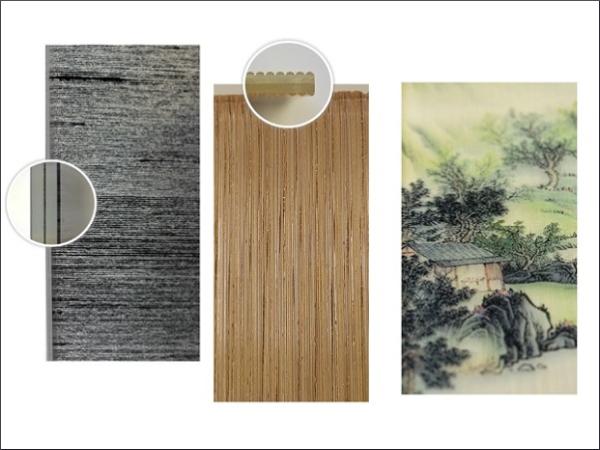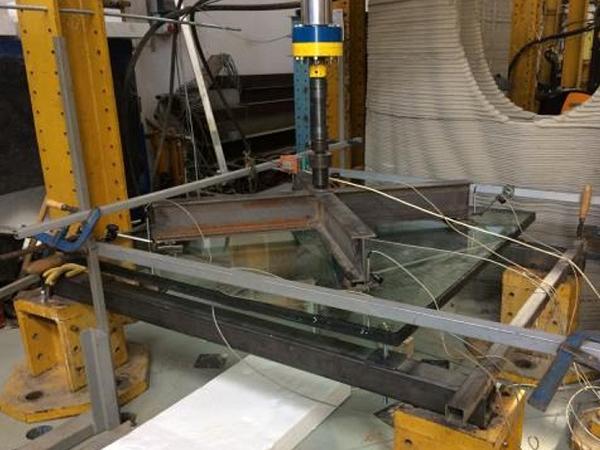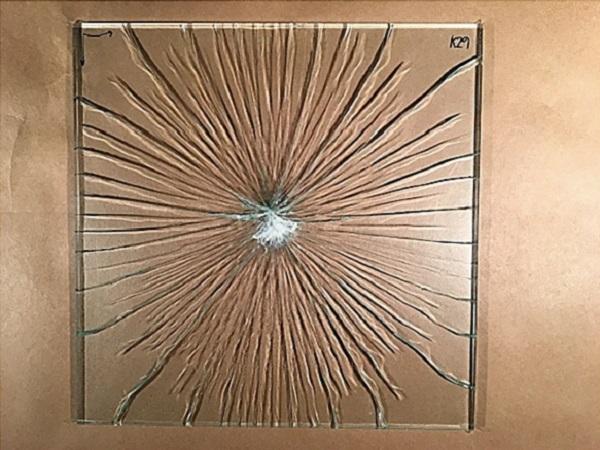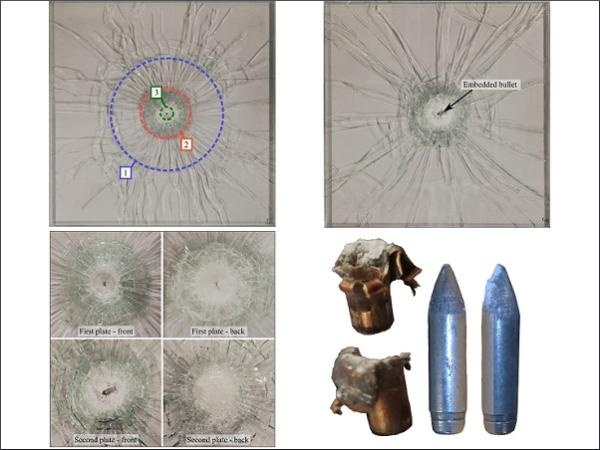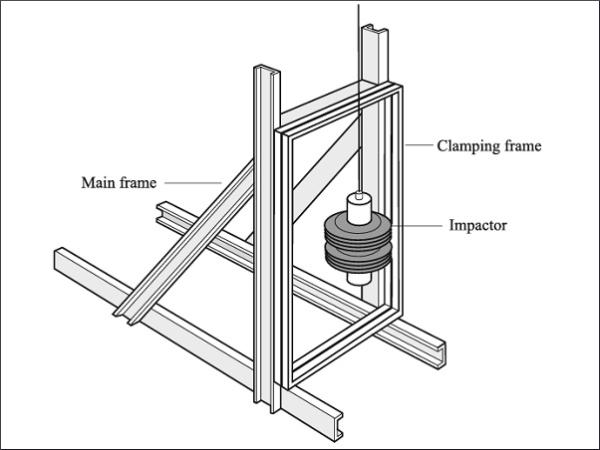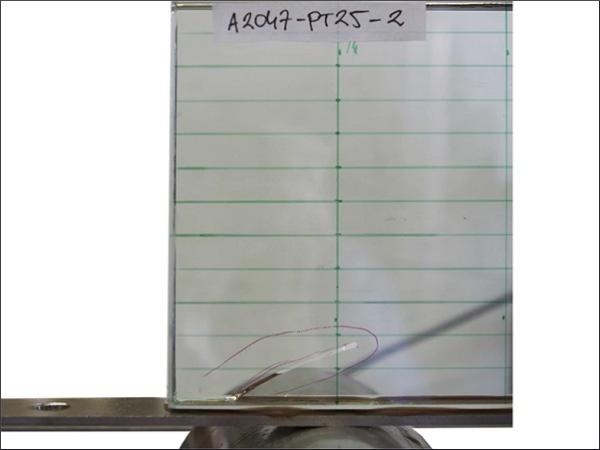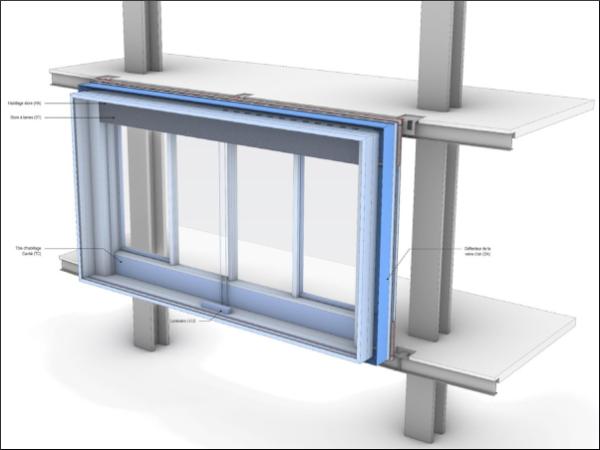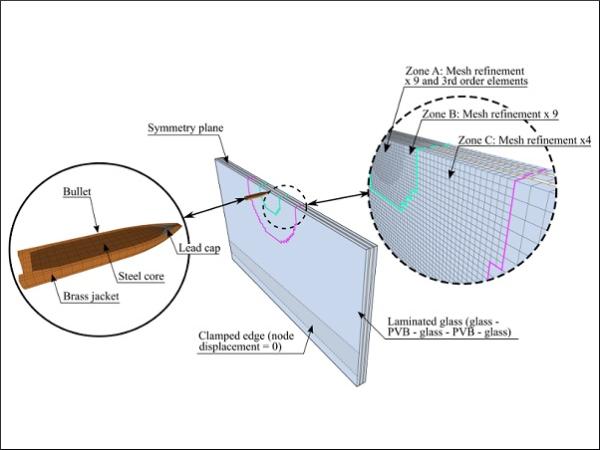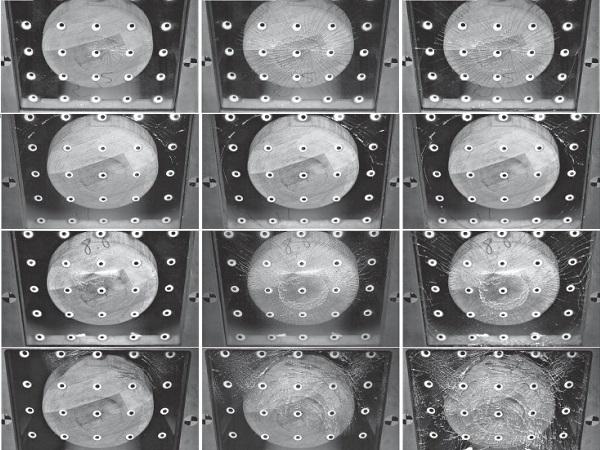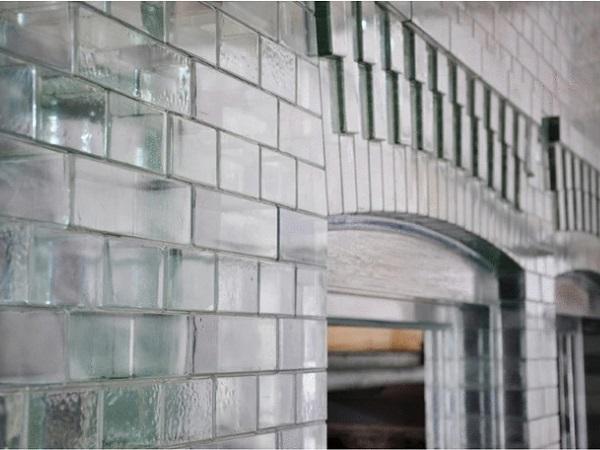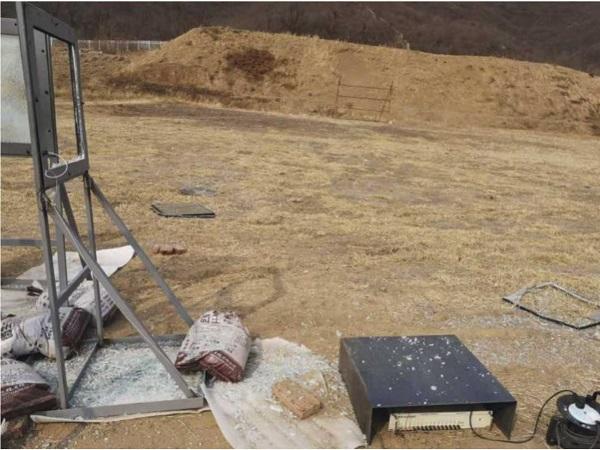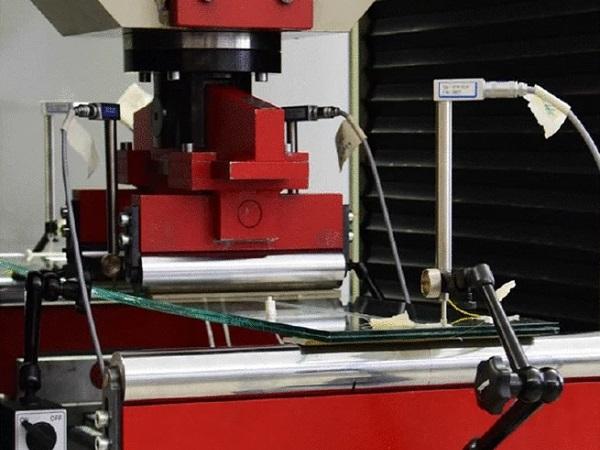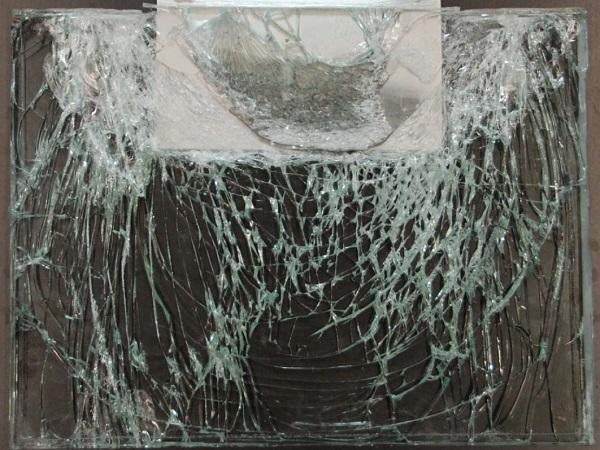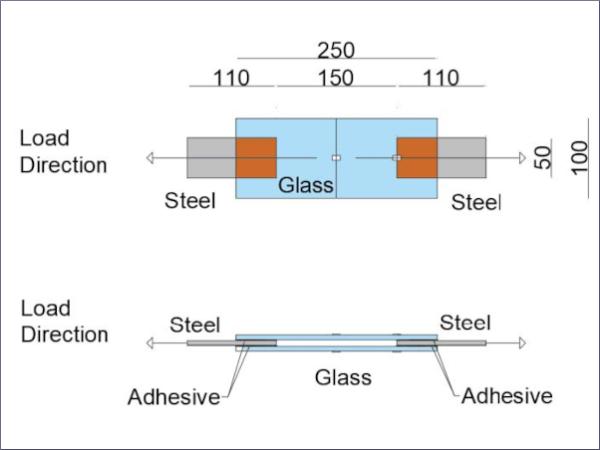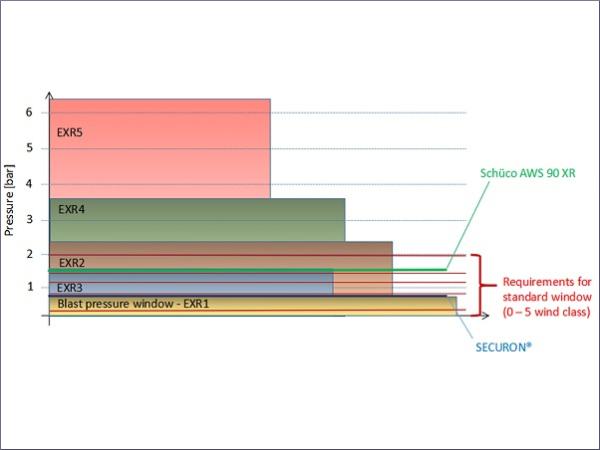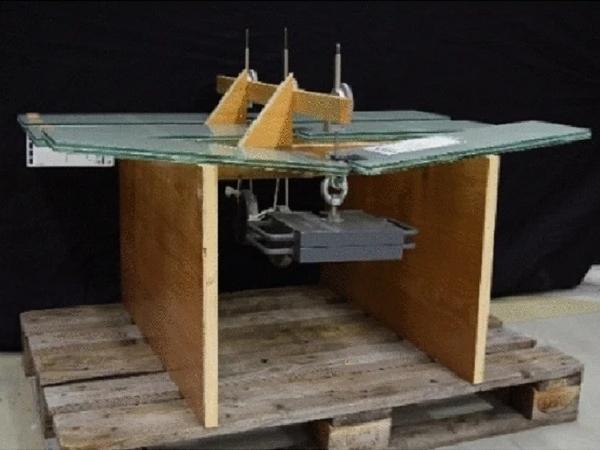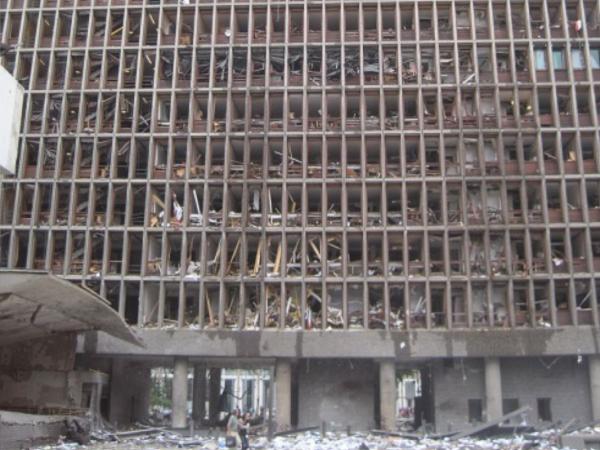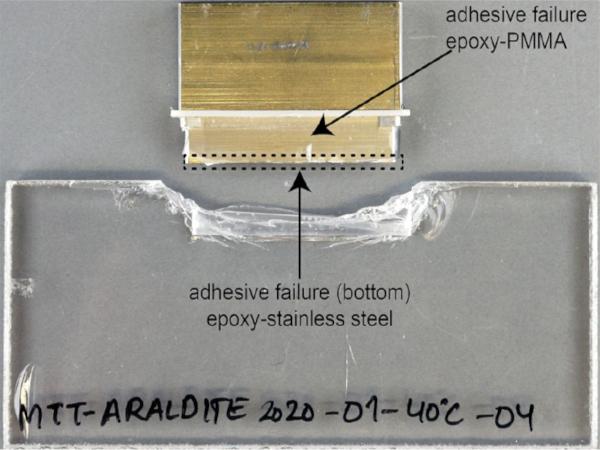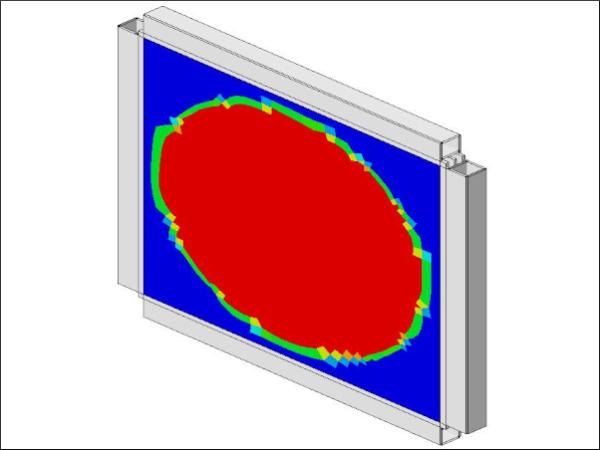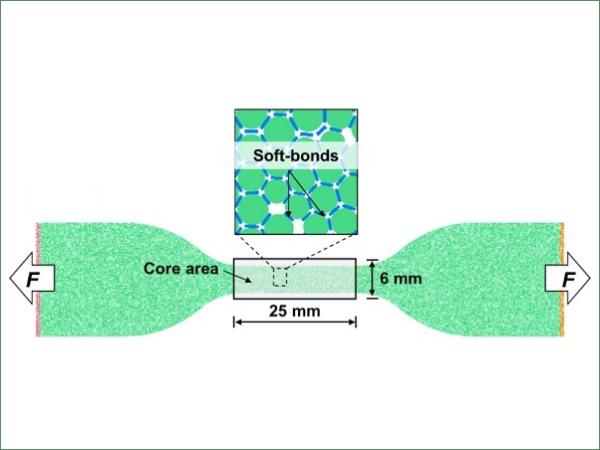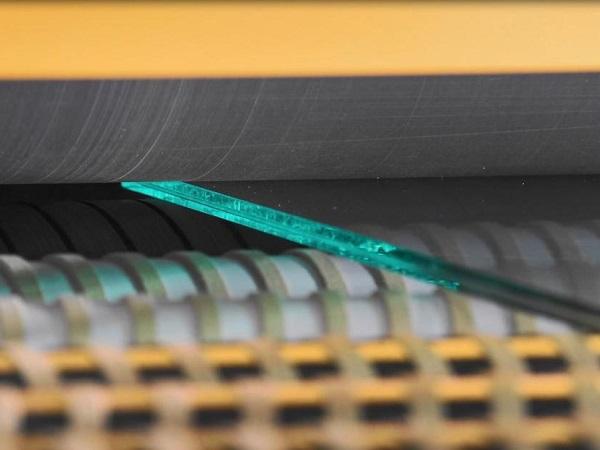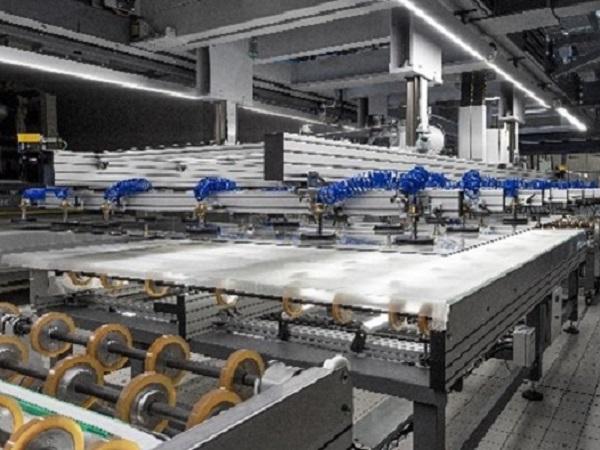Others also read
| This paper offers an in-depth exploration of EVA-based encapsulants, which are widely used in the photovoltaic industry but also have potential for specific architectural glass applications.
| Within ongoing research at the Faculty of Civil Engineering of the Czech Technical University in Prague, a set of real-scale insulating glass panels with embedded laminated point connections was tested.
| Glass units are in demand in structural applications, however, the strength is challenging to predict.
| In this study, double-laminated glass plates are impacted by 7.62 mm armour piercing (AP) bullets, and their ballistic limit velocity and curve are determined both through experimental tests and numerical simulations.
| In the paper, strategies for reduced order modeling of glass panels subjected to soft-body impact are developed by means of dynamic substructuring.
| In this paper, failure mechanisms are identified for a post-tensioned glass beam system with a flat stainless steel tendon adhesively bonded at the bottom glass edge.
| Structural interlayers in laminated glass have allowed engineers and specifiers to extend and improve the use of glazing solutions in the construction industry.
| In this study, we investigate double-laminated glass plates under ballistic impact through experimental tests and numerical simulations.
| The current study aims to determine the probabilistic fracture strength of glass plates exposed to arbitrary loading and loading rates by a proposed rate-dependent strength prediction model (SPM).
| This document provides an overview of the causes of sunburst delamination in laminated glass.
| A new design approach for loadbearing monolithic glass components of reduced annealing time
| The impact of building glass breakage on personnel injury was considered in this model.
| The study describes the results of the shear modulus of viscoelastic interlayers made of polyvinyl butyral and provides the basis to define and evaluate a model for the finite element analysis.
| The growing trend for transparency in contemporary architecture has fuelled the demand for load-bearing glass applications in the building industry.
| Glass/steel adhesive joints are being used increasingly in the construction industry as they offer significant structural advantages over conventional mechanical fastener approaches.
| In the article, the focus is on an overview of several norms, standards, and research that address the issue of resilience of window systems.
| Designing and building structural, glass-only shells is subjected to two principal boundary conditions: The use of planar or curved glass laminates with limited dimensions and the necessity to provide a structural joint between the adjacent glass modules.
| A Review of Essential Requirements towards Standardization
| The new World Trade Center site was rebuilt after 9/11 comprising seven mayor skyscrapers around the memorial site and the 9/11 museum.
| An experimental study under tensile loading at +23, +40 and +60 °C and different glass build-ups
| This paper presents some of major outcomes of Finite Element (FE) numerical methods and simulations that have been explored in the framework of the GLASS-SHARD research project for glass windows and facades under explosion or soft-body impact.
| In this third episode of the #AskGlaston flat tempering series, Taneli Ylinen deals with the commonly asked question of how to handle the issues with mixed production.
| The bridging behavior between fragments is one vital factor in the post-fracture stage of glass laminates.
| This Glastory blog by Kalle Kaijanen is dealing with the processing of high-strength / structural laminates.
| Laminating glass is a process that requires precision and safety. In order to ensure that the glass is laminated safely and to a high standard, special cleanroom requirements must be met. This includes air pressure, clothing, static charges, and cleaning protocols.

